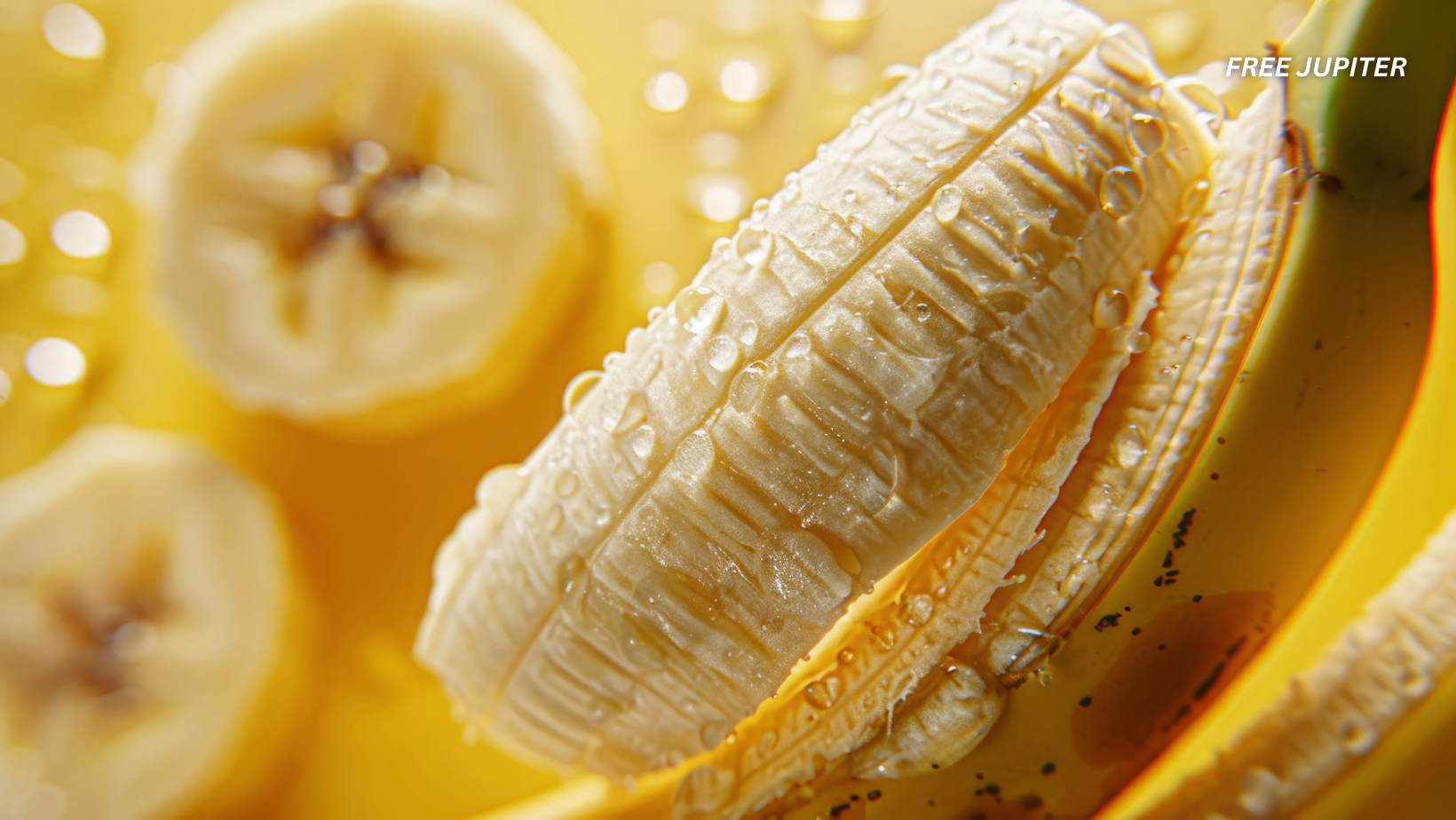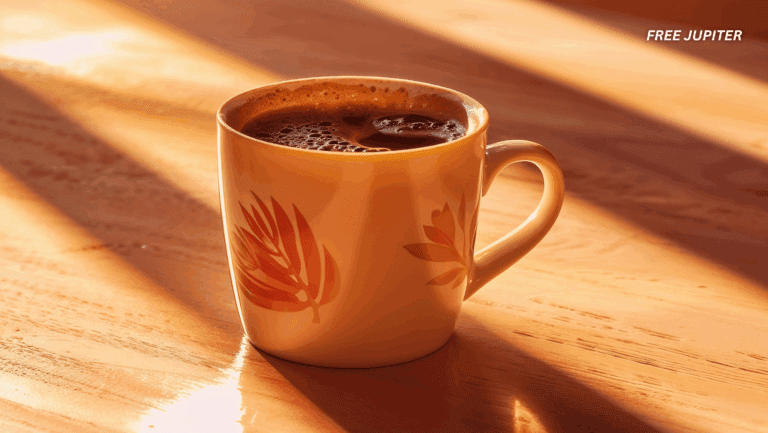Bananas are one of the most popular fruits in the world. They’re quick, affordable, naturally sweet, and packed with nutrients. Yet, there’s one thing about them that divides people every time they peel one open: the stringy bits. Some people pluck them off with precision before taking a bite, while others simply ignore them and dig right in. But what exactly are these threads, and should we really be removing them?
It turns out those unassuming strands may be more important—and nutritious—than most people think.
What Are Banana Strings, Really?
Those stubborn little fibers that cling to the fruit are called phloem bundles. In plant biology, “phloem” is the tissue that transports nutrients, water, and sugars throughout a plant. You could think of it as the fruit’s plumbing or circulation system. Without these bundles, bananas wouldn’t grow properly, because nutrients from the plant’s leaves and stem wouldn’t reach the fruit.
In fact, phloem bundles are so essential that without them, the banana as we know it simply wouldn’t exist. They’re not just leftovers stuck between the peel and the fruit—they’re part of the banana’s very architecture.
Read more: Fiber That Is Found In Everyday Foods Can Help Remove Forever Chemicals From Your Body
The Banana’s “Blood Vessels”
Dr. Manuel Viso, a Spanish doctor known for explaining nutrition in everyday terms, describes phloem bundles as the “blood vessels of the banana.” Just as veins and arteries carry oxygen and nutrients around the human body, these threads do the same job for bananas.
And just like human blood vessels, they carry a lot more than meets the eye. They contain antioxidants that protect the body’s cells, anti-inflammatory compounds that can calm down irritation inside the body, and minerals such as potassium and magnesium—two nutrients that bananas are already famous for.
Here’s a quick look at what’s inside these strings:
- Potassium – Helps regulate heartbeat, prevents muscle cramps, and balances fluids in the body.
- Magnesium – Supports nerve health, bone strength, and energy production.
- Tryptophan – An amino acid the body turns into serotonin, the “happiness hormone” that stabilizes mood.
- Plant fiber – Supports digestion, keeps bowel movements regular, and feeds healthy gut bacteria.
The Happiness Connection
One of the most intriguing compounds in banana strings is tryptophan. While it sounds like something from a science experiment, it’s simply an amino acid that plays a role in producing serotonin.
Serotonin is often called the body’s natural mood stabilizer. Low levels of serotonin have been linked to anxiety, depression, and difficulty sleeping. While a banana alone won’t cure these issues, getting tryptophan from foods like bananas may gently support serotonin production, making it part of the reason bananas are often considered a natural comfort food.
Expert Support: Not Just a Passing Claim
Dr. Viso isn’t the only expert suggesting we leave those strings alone. Nicholas Gillitt, Vice President of Nutrition Research at the Dole Nutrition Institute in North Carolina, agrees that phloem bundles are worth keeping. While he admits they haven’t been studied as extensively as other plant parts, he suggests they likely provide a different type of fiber compared to the soft fruit.
This variety in fiber is important. The human digestive system thrives on a mix of soluble and insoluble fiber. Soluble fiber dissolves in water, slowing digestion and helping to regulate blood sugar. Insoluble fiber, on the other hand, adds bulk to stool and keeps things moving smoothly through the intestines. Phloem bundles, with their tough, stringy texture, are likely rich in insoluble fiber, making them particularly useful for gut health.
Read more: Natural Foods That Deliver Magnesium Better Than Supplements
A Nutritional Reality Check
Still, experts caution against exaggerating their importance. Gillitt points out that these strings are present in very small amounts compared to the rest of the banana. You’d need to eat dozens of bananas (strings and all) every day to notice a significant difference in your overall nutrient intake.
That said, every little bit counts. In nutrition, small habits add up over time. Including phloem bundles in your diet is a simple, no-effort way to increase your intake of fiber and plant-based compounds—especially since they’re already attached to a food most people eat regularly.
Why Do People Dislike Them?
If banana strings are so good for us, why do so many people peel them away? The answer is simple: texture.
Phloem bundles tend to be tougher and more fibrous than the soft fruit. They don’t always blend smoothly into a bite, which can make them feel unpleasant for people sensitive to food textures. Children, in particular, often dislike them for this reason.
Interestingly, not all bananas have the same number of strings. Some varieties naturally have fewer phloem bundles, while others are loaded with them. Ripeness also plays a role—the riper the banana, the softer the strings tend to be.
Fun Facts About Bananas (and Their Strings)
- Bananas aren’t technically fruits. Botanically speaking, they’re classified as berries, while the plant itself is technically an herb, not a tree.
- They grow upside down. The bananas we buy curve upward because they grow against gravity, reaching toward the sun.
- Banana strings appear during growth. The phloem bundles develop as the banana grows, ensuring every part of the fruit gets nutrients evenly.
- Monkeys don’t mind them. Observations show that monkeys and other animals eat bananas strings and all, with no hesitation. Humans are the picky ones.
A Quick Look at Banana Nutrition
While the strings may get all the attention here, the fruit itself is already a nutritional powerhouse:
- One medium banana provides about 105 calories.
- It’s rich in vitamin C, which supports the immune system.
- It contains vitamin B6, crucial for brain health and energy metabolism.
- It provides around 3 grams of fiber, which supports digestion and heart health.
When you add the phloem bundles into the mix, you’re simply giving your body an extra boost.
How to Make the Strings Less Noticeable
For those who don’t like the feel of banana strings but still want the benefits, there are tricks to make them less bothersome:
- Blend them into smoothies. Once mixed, the strings disappear into the texture.
- Mash them for baking. Banana bread, pancakes, or muffins won’t reveal the strings at all.
- Eat riper bananas. The strings soften as the fruit ripens, making them less noticeable.
This way, you still get the nutrients without the fibrous mouthfeel.
The Verdict: To String or Not to String?
So, should you stop removing banana strings? From a nutritional perspective, yes—keeping them is better than tossing them aside. They’re edible, harmless, and offer a small bonus of vitamins, minerals, and fiber.
But the truth is, whether you eat them or not, you’ll still get plenty of nutrients from the banana itself. The strings won’t make or break your diet, but they can give it a little extra edge.
In other words, if you find them unpleasant, don’t feel guilty about discarding them. But if you don’t mind them—or if you’re willing to blend or bake them into your meals—your body might thank you for holding onto nature’s tiny nutritional threads.
Read more: Calcium-Packed Foods That Are Just as Good As Drinking a Glass of Milk
Final Thought
The next time you peel a banana and instinctively flick away the strings, pause for a moment. Those little fibers are not leftovers from the peel—they’re part of the fruit’s natural design, carrying a subtle but meaningful load of nutrients. Think of them as hidden bonus tracks on a favorite album: easy to overlook, but rewarding if you give them a chance.
So go ahead—embrace the strings. Your gut (and maybe even your mood) might quietly thank you.










